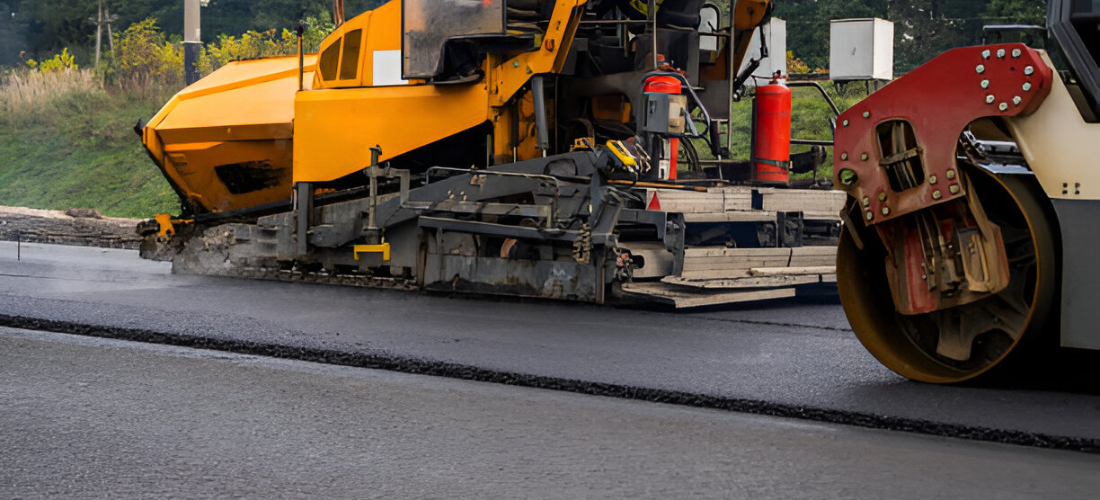India’s vast and diverse road network is critical to its economic growth and mobility.
Maintaining this extensive infrastructure, however, presents a significant challenge,
especially given the country’s varied climate conditions and high traffic volumes. One
innovative solution that has gained traction in recent years is micro surfacing. This
preventive maintenance technique promises to enhance road longevity and safety,
providing a cost-effective and efficient way to maintain India’s roads. In this blog, we
will evaluate the impact of micro surfacing on India’s road longevity and safety.
What is Micro Surfacing?
Micro surfacing is a pavement preservation method involving the application of a
mixture of polymer-modified asphalt emulsion, fine aggregates, mineral fillers, water,
and additives to the road surface. Unlike traditional resurfacing methods, micro
surfacing can be applied at ambient temperatures and cures quickly, making it
suitable for a wide range of climatic conditions and traffic situations.
Enhancing Road Longevity
- Sealing and Protection:
Micro surfacing effectively seals small cracks and surface imperfections,
preventing water infiltration, which is a primary cause of pavement deterioration. By
protecting the underlying layers from moisture, it extends the life of the road
significantly. - Surface Renewal:
This technique provides a new wearing surface that can withstand traffic loads and
environmental stresses. The renewed surface reduces the rate of wear and tear,
delaying the need for more extensive and costly rehabilitation. - Resistance to Rutting and Raveling:
The polymer-modified asphalt used in micro surfacing enhances the road’s
resistance to rutting and raveling, common issues on heavily trafficked roads. This
leads to a more durable and stable pavement surface.
Improving Road Safety
- Enhanced Skid Resistance:
One of the key benefits of micro surfacing is its ability to improve skid resistance.
The fine aggregate in the mixture creates a rough texture that enhances traction,
reducing the likelihood of accidents, especially in wet conditions. - Quick Application and Curing:
Micro surfacing can be applied and cured quickly, often allowing traffic to resume
within a few hours. This minimizes disruption to road users and reduces the risk
associated with roadworks and detours. - Visibility and Markings:
The fresh surface provided by micro surfacing improves the visibility of road
markings, making them more reflective and easier to see, particularly at night and
during adverse weather conditions. This contributes to safer driving conditions.
Applications in India - Urban and Suburban Roads:
In densely populated urban areas, micro surfacing provides a quick and efficient
way to maintain road quality with minimal disruption to traffic. It helps manage the
wear and tear caused by high traffic volumes and frequent braking and accelerating. - Highways and Expressways:
For India’s extensive highway network, micro surfacing offers a cost-effective
solution to maintain long stretches of road. Its ability to handle heavy loads and resist
deformation makes it ideal for these high-traffic corridors. - Rural Roads:
In rural areas, where road maintenance budgets are often limited, micro surfacing
provides an economical way to extend the life of pavements and improve safety. It
can be used to upgrade gravel roads to paved surfaces, enhancing connectivity and
mobility for rural communities.
Economic and Environmental Benefits - Cost-Effective Maintenance:
Micro surfacing is a more affordable option compared to traditional road
resurfacing and reconstruction. It allows for the maintenance of large road networks
within limited budgets, making it a valuable tool for cash-strapped municipalities and
road agencies. - Reduced Environmental Impact:
The cold-mix application process of micro surfacing reduces energy consumption
and emissions compared to hot-mix asphalt. Additionally, the materials used in micro
surfacing can often incorporate recycled components, further reducing its
environmental footprint.
Micro surfacing has proven to be a valuable technique for enhancing the longevity
and safety of roads in India. Its ability to seal and protect pavements, provide a new
wearing surface, and improve skid resistance makes it an essential tool in the road
maintenance arsenal. As India continues to develop and expand its road
infrastructure, the adoption of micro surfacing can play a crucial role in ensuring that
roads remain durable, safe, and cost-effective to maintain. By investing in innovative
solutions like micro surfacing, India can better meet the demands of its growing
economy and population, ensuring safer and more reliable transportation for all.

